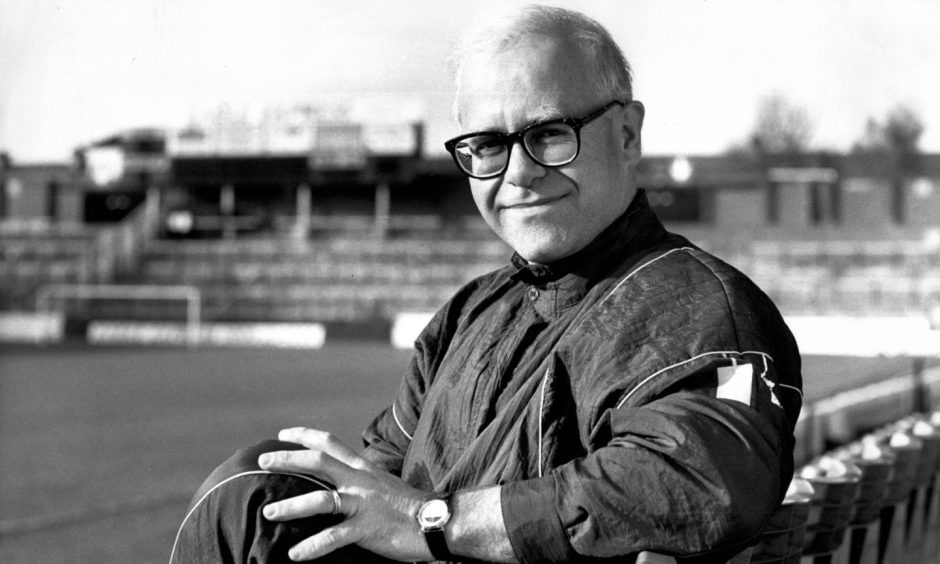
Rocket Man Elton John’s love of music is only rivalled by his passion for football and unwavering support for Watford FC.
The flamboyant rock singer purchased his beloved club in 1976, at the age of 29.
He then oversaw a golden era for the team he supported as a boy.
But Watford wasn’t the only team with a place in Elton’s affections.
He was a secret fan of Cowdenbeath.
Elton John was the biggest star in music
The artist formerly known as Reginald Dwight revealed all in a forgotten interview in September 1976.
By this point, Elton had released 10 studio albums and hit singles like Your Song, Rocket Man, Goodbye Yellow Brick Road and Candle in the Wind.
His record sales accounted for 2% of all records sold worldwide.
Elton was the biggest star in the world.
He performed in the UK and North America on the Louder Than Concorde (But Not Quite as Pretty) tour in support of 10th album Rock of the Westies.
The tour included a stop at the Caird Hall in Dundee in May 1976 and concluded with a record-breaking seven-night run at Madison Square Garden.
As Elton’s tour was winding down, he made it known that he would be taking a break from performing and broke up with his supporting band.
A solo piano concert at the Edinburgh Cultural Festival in September 1976 marked his farewell to the road before he hung up his glitzy jumpsuits.
Elton chatted with Radio Forth DJ Steve Jack after the Edinburgh Playhouse show and said Cowdenbeath were his favourite Scottish team.
Cowdenbeath were in the lower reaches of the old Second Division but he said he liked the name and always looked out for their results.
Dunfermline was the closest he got to Cowdenbeath during his career when he performed at the Kinema Ballroom on Valentine’s Day in 1971.
Elton looked out for Cowdenbeath’s results
Elton grabbed the headlines following the Radio Forth interview.
The Sunday Post said: “The pop star who’s chairman of Watford Football Club says he’s a fan of Cowdenbeath!
“It’s the name of the place which appeals to him.
“He checks the result every week.”
The Sunday Post described him as “Cowdenbeath’s most famous supporter”.
Elton got back to work and released his 11th studio album, Blue Moves, in October 1976, which included Sorry Seems To Be The Hardest Word.
Gerald Cameron was the managing director of four sports shops in Fife, including one in Cowdenbeath, when he read of Elton’s interest in the Central Parkers.
He sent him the Admiral team jersey in February 1977.
“Elton says thanks” was the headline on The Sunday Post billboard.
The charm offensive worked.
Would Elton perform at Central Park?
Elton wrote back: “Thank you for your letter and the Cowdenbeath team jersey, which I will keep among my numerous other football treasures.
“I am still following Cowdenbeath in the Scottish League and would like to wish the directors and team all the best for the season.”
There wasn’t much to cheer about at Central Park.
Cowdenbeath finished 12th in the 14-team Second Division in 1976-77.
The ramshackle Central Park hosted stock car racing on the oval track circling the football pitch and the fortunes of Cowdenbeath’s two sports flipped.
The fast and furious racing was attracting fans in numbers the football club could not hope to match and brought crowds in excess of 10,000 during 1977.
The Central Parkers invested more resources into developing young talent.
Cowdenbeath Colts was formed as a feeder team.
David Hodge became the secretary and wanted to make the Fife club‘s biggest signing of all time by persuading Elton to play on the Central Park pitch.
The Scotsman broke the news in September 1977.
“An appeal to singer Elton John to hold a concert at Cowdenbeath was made this weekend by officials of Cowdenbeath’s newly formed under-21 football side.
“Elton John, chairman of Watford, is said to be a Cowdenbeath admirer.
“In a letter to him, David Hodge, secretary of Cowdenbeath Colts, asks if he would be prepared to help fundraising efforts by holding a concert in the town.
“He also requests a home-and-away fixture against Watford’s youth side.”
The invite was politely declined.
A final push to get Elton involved in Fife
Meanwhile, Elton was turning Watford around at rocket speed with back-to-back promotions and a run to the FA Cup semi-final in 1979.
Cowdenbeath director Eric Mitchell was sent to Vicarage Road in October 1979 to speak to Elton about getting involved with the Fife club.
Sadly for Scottish football, the Rocket Man was fully focused on Watford.
And what a job he did.
Elton declared an ambition to take the team into the First Division.
He succeeded.
It remains a remarkable achievement.
Watford reached the top flight of English football for the first time in 1982 and stunned everyone by finishing second behind Liverpool the following season.
They reached the 1984 FA Cup final at Wembley.
A 2-0 defeat to Everton brought disappointment for Elton.
Meanwhile, Cowdenbeath played out the 1980s in the bottom rung of Scottish football and became known as the Blue Brazil with a heavy dose of irony.
Did the nickname bring a change of fortune?
Stock car supremo Gordon McDougall took over the club in 1990 and promotion was secured in 1992 to the First Division with John Brownlie in charge.
Full time whistle blows on Elton’s Watford reign
Elton had given up his ownership of Watford by then but the decade took his career to new heights when he wrote songs for The Lion King and was knighted.
In the noughties he brought his back catalogue of songs to football stadiums.
Airdrie’s Excelsior Stadium, the Falkirk Stadium, Hibernian’s Easter Road, Kilmarnock’s Rugby Park and St Johnstone’s McDiarmid Park were among them.
The sun set on one of British music’s greatest live careers when Elton headlined Glastonbury in July 2023.
He never did tickle the ivories at Cowdenbeath’s Central Park.
I guess that’s why they call it the blues.
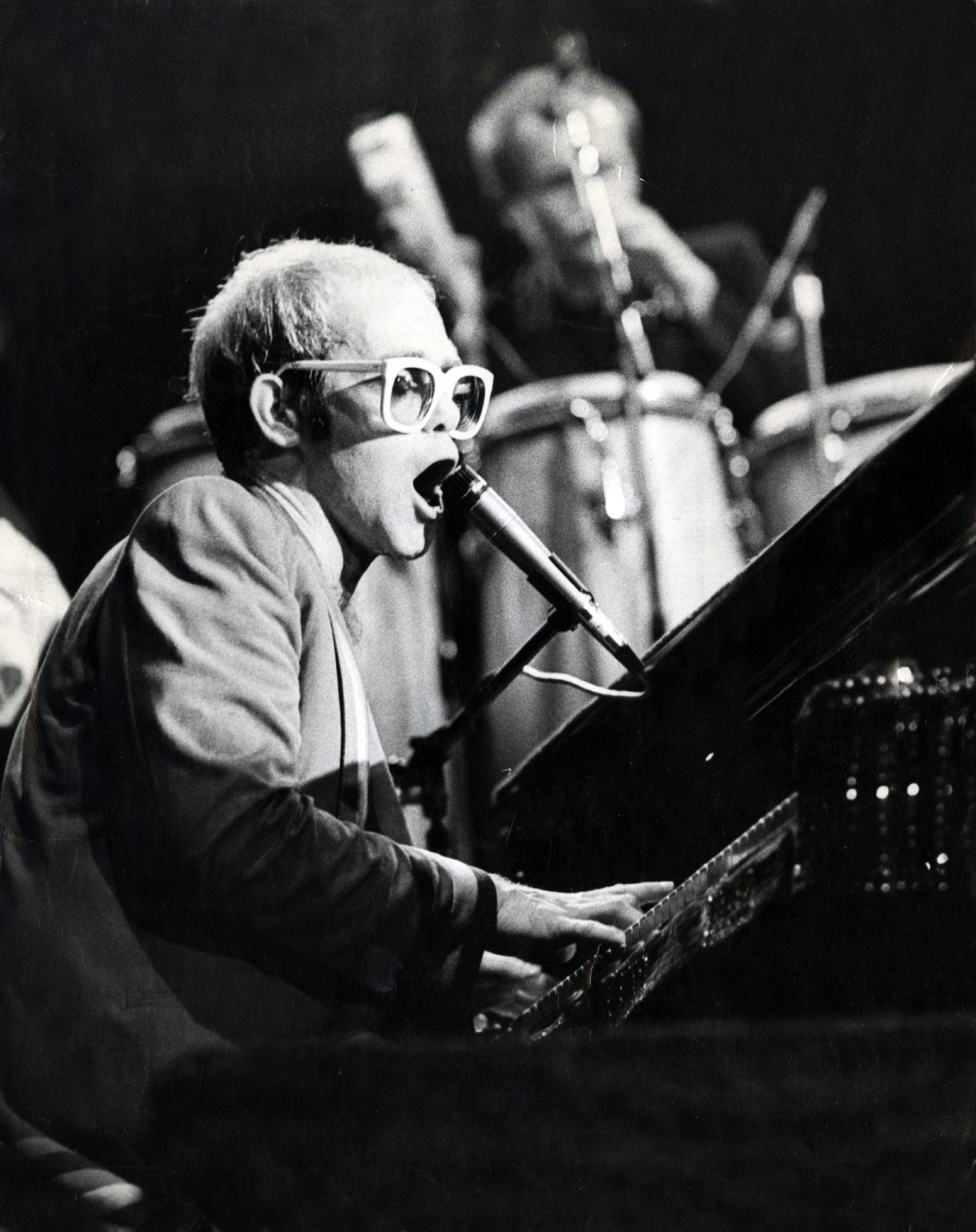
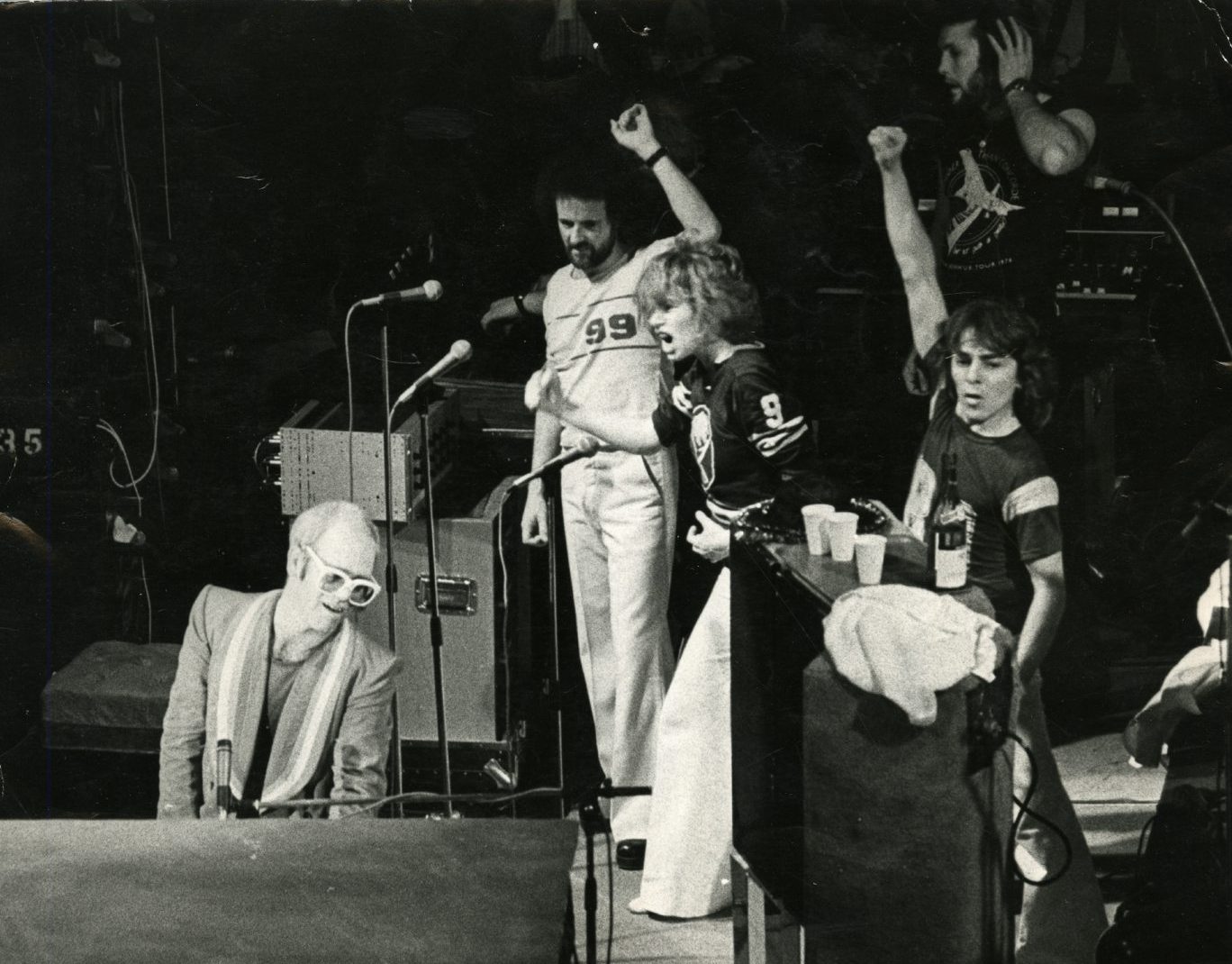
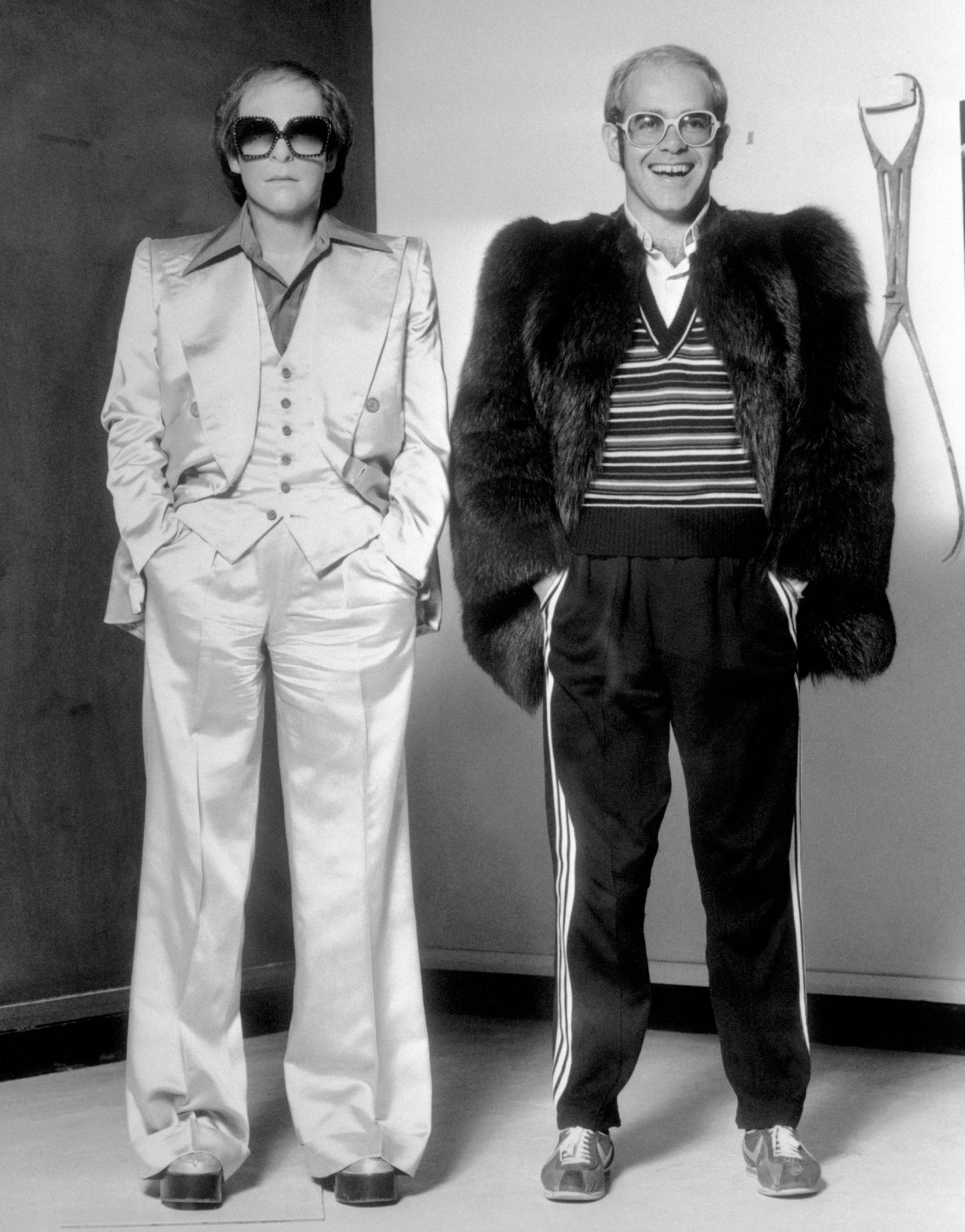
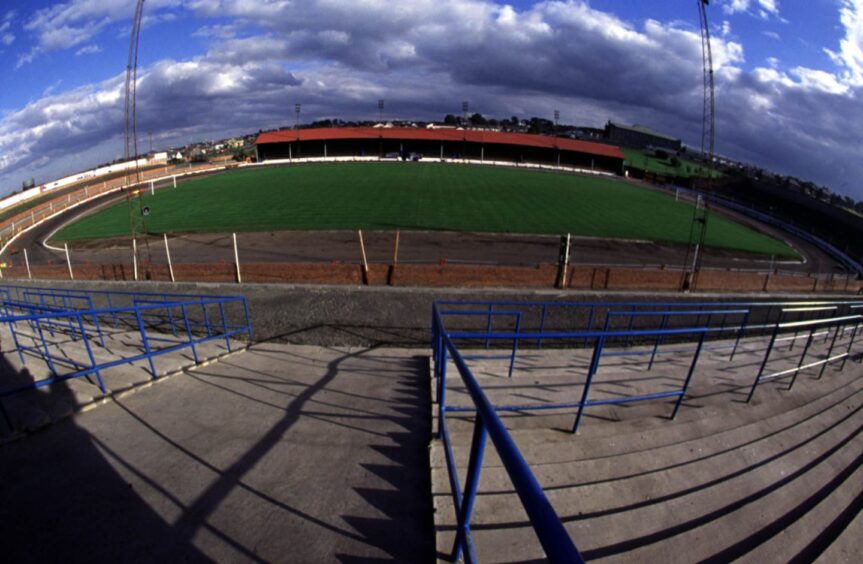
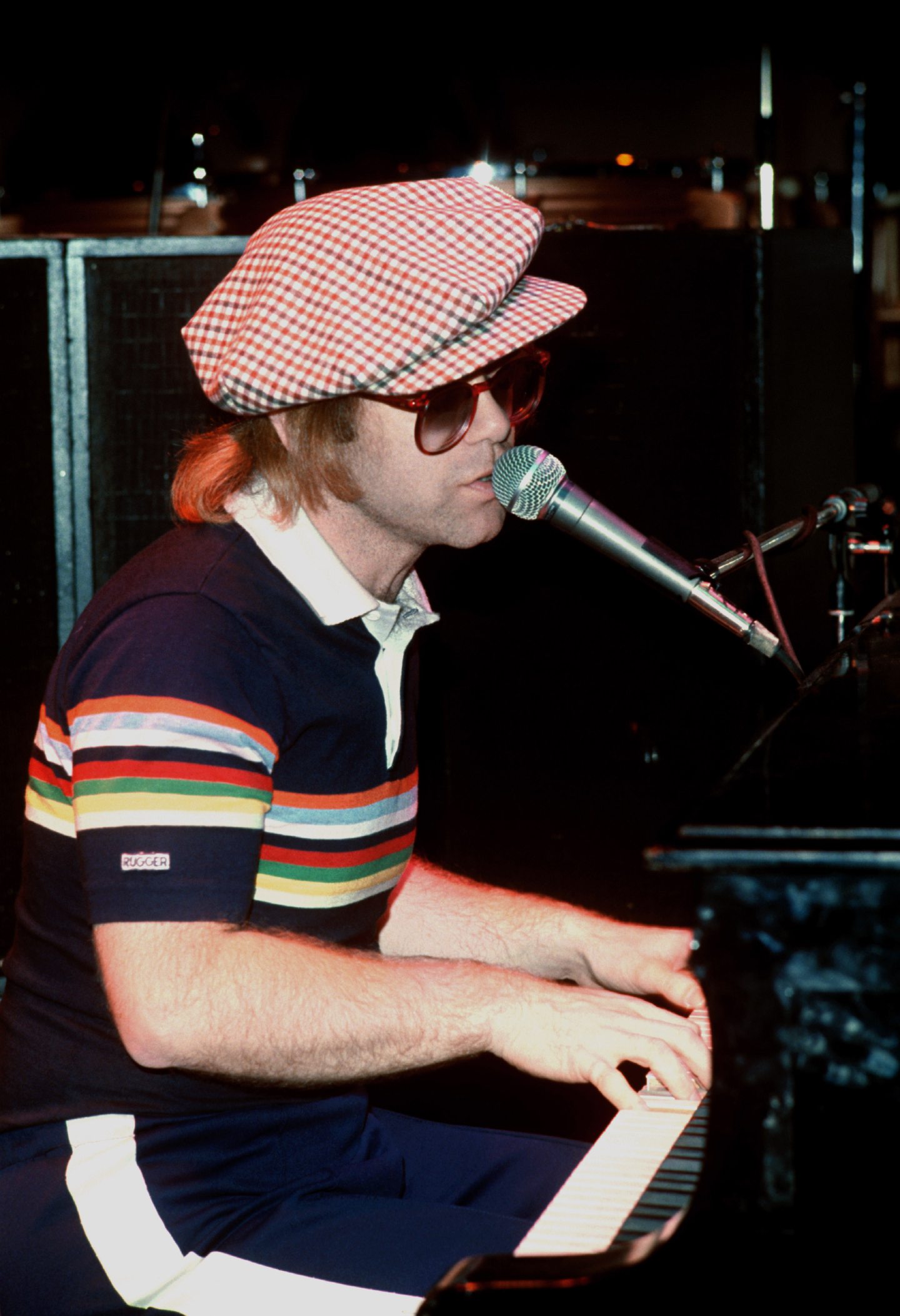
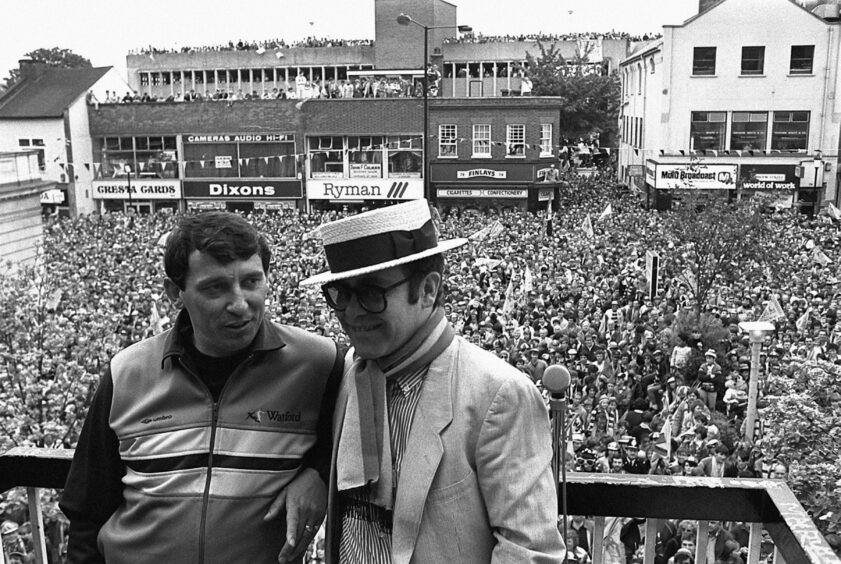
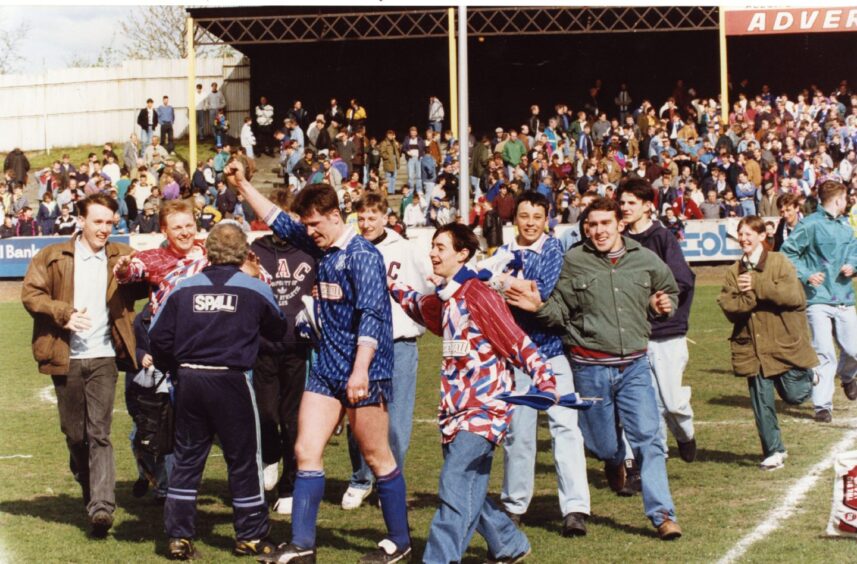
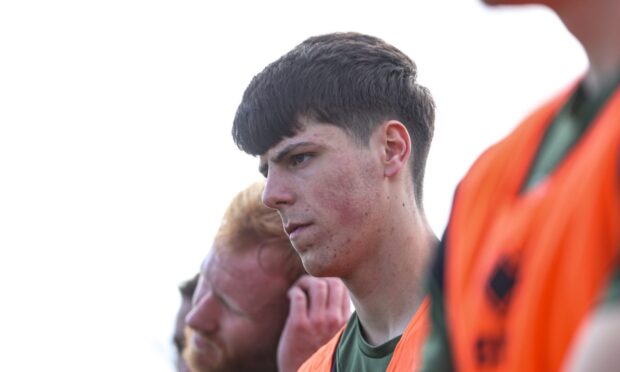
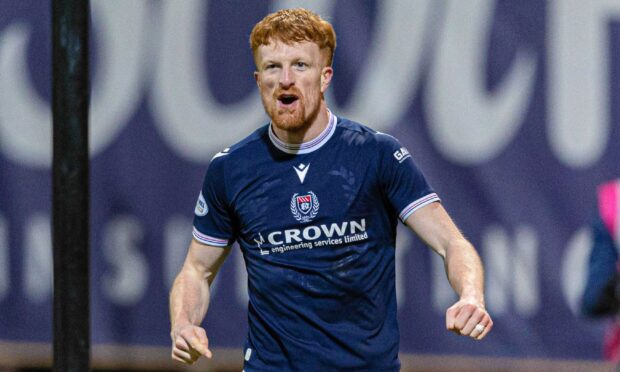
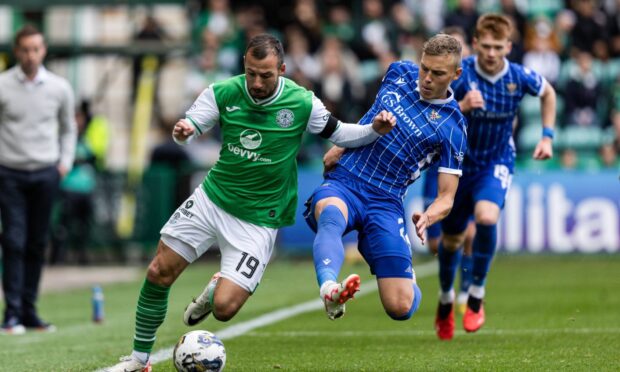
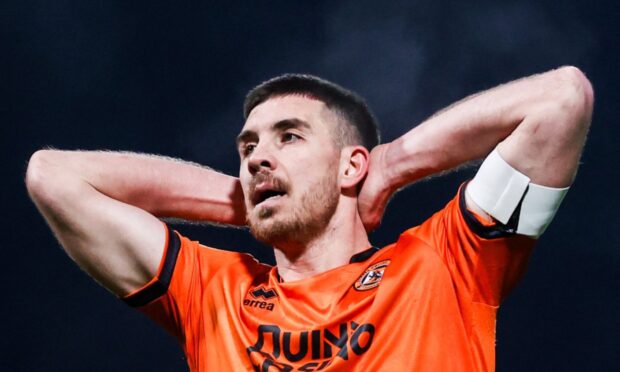
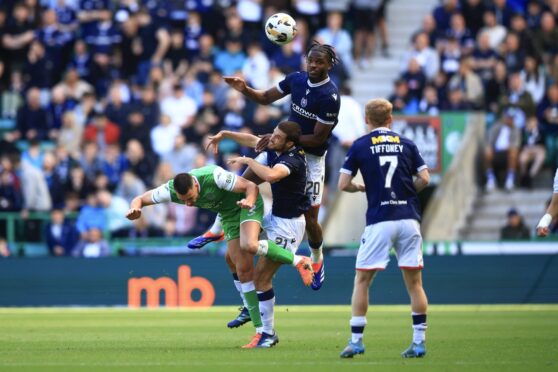
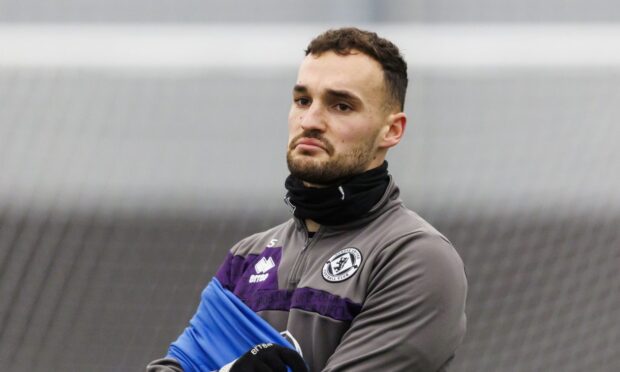

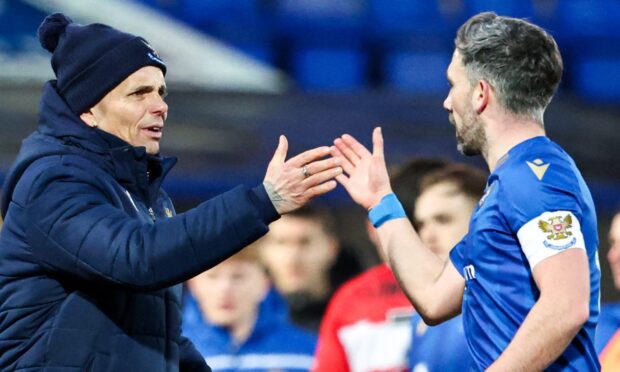
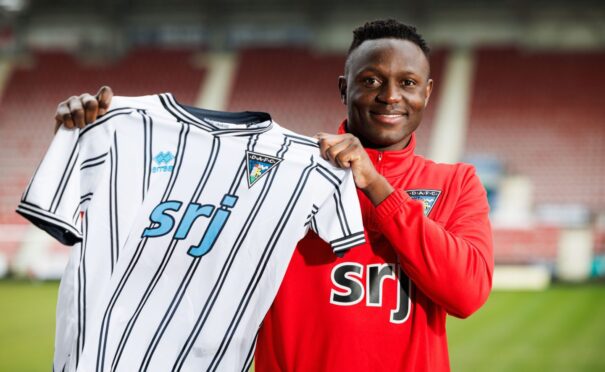
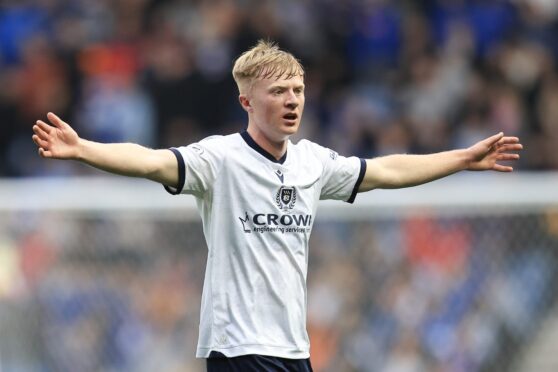
Conversation